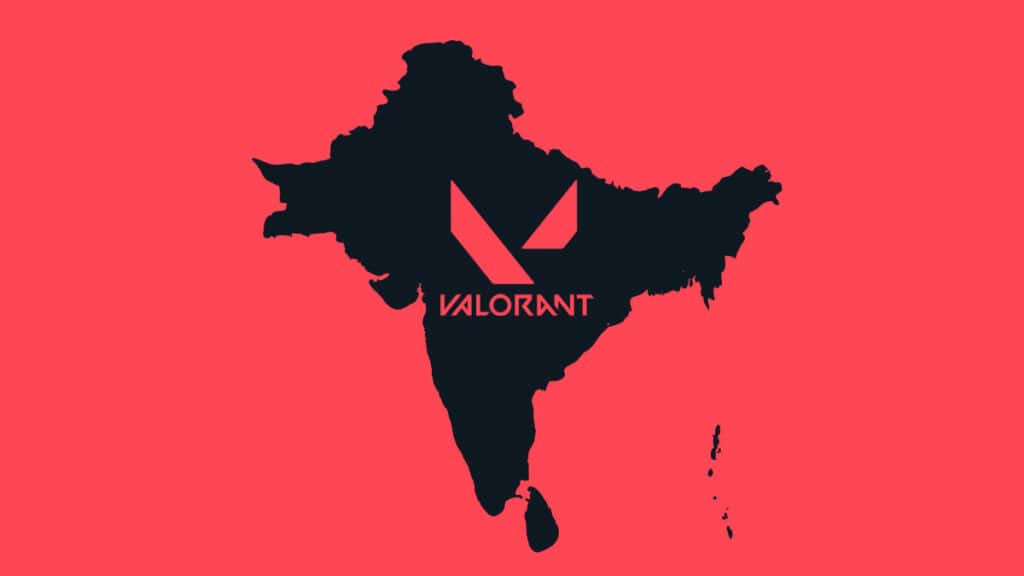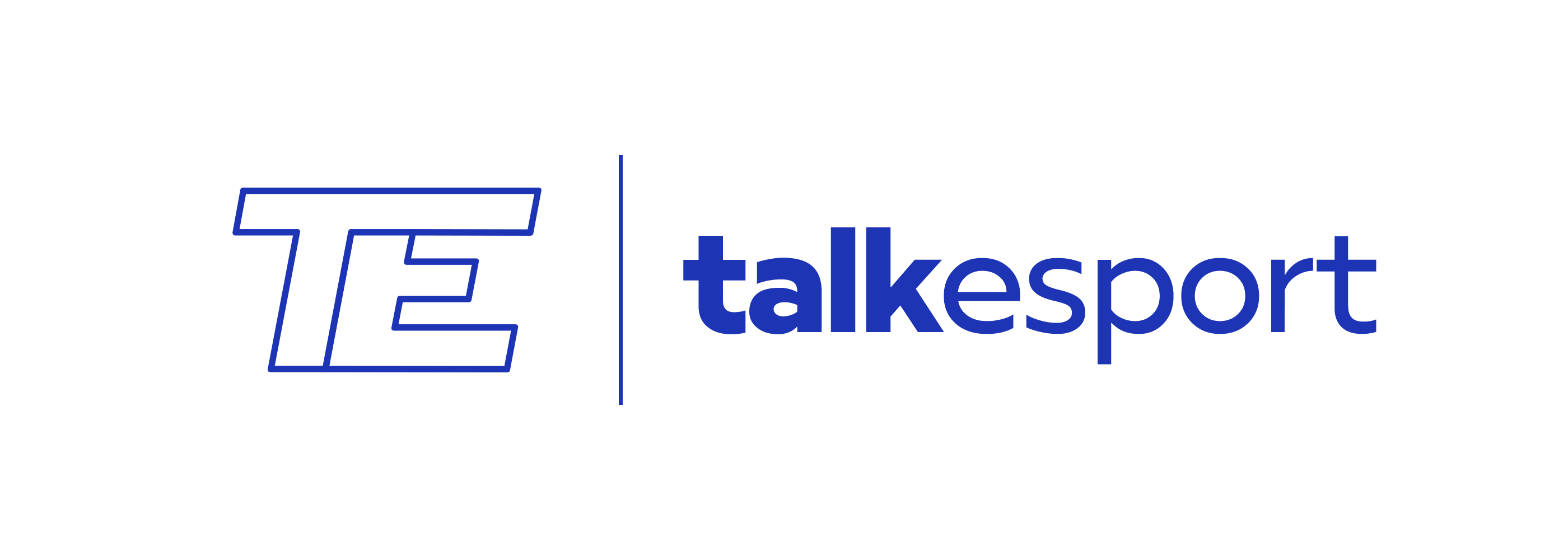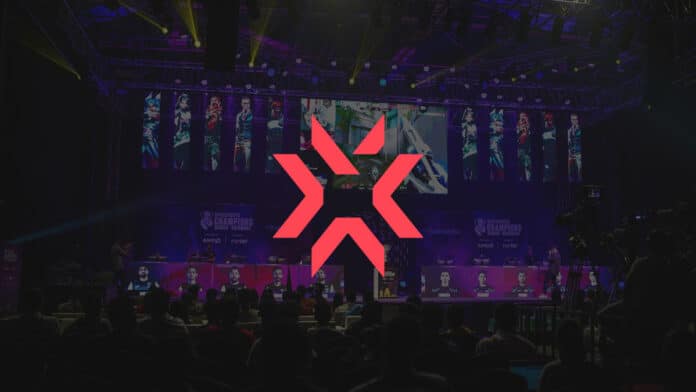The entire VALORANT scene has been anxious with the announcement of the upcoming franchised leagues. With Riot Games not releasing anything concrete about the Tier-2 ecosystem, we saw many organizations pull out from the scene citing the uncertainty surrounding the entire process.
However, Riot Games has now released an entire roadmap for the Valorant scene for 2023 and beyond, especially for the teams and organizations that fail to make it into the three franchised leagues. A detailed Challengers circuit has been revealed by Riot, which will oversee a total of 21 Challenger leagues being held across the world every year, with an Ascension process that grants entry into the franchised league.
The biggest takeaway from the regional roadmap reveal is the presence of the opportunity of getting an entry into the franchised league for the said region for the next two years. Other major details include the fact that the Challenger leagues will be conducted in two splits, with open qualifiers to be followed by a seasonal system.
The Challenger league splits will culminate into playoffs, crowing Champions that will gain entry into the Challenger Ascension, wherein teams from all sub-regions will battle to win the coveted prize of joining the invited teams into the franchised leagues for the next two years.
Riot Games also mentioned that the franchised leagues will start with 10 teams in the first year, with one team added each year through the Ascension process before ultimately locking it at 14 teams from the 2027 circuit.
The promoted teams will have access to the same league benefits as the franchised teams and will stay for two years before returning to the Challenger leagues, where they will have to climb the ladder all over again.
HOW DOES THE ROADMAP BENEFIT SOUTH ASIA?

South Asia has been named as one of the 10 standalone Challenger leagues as part of the entire roadmap in the APAC region. The first and probably the largest benefit for the region is recognition.
Previously, South Asia has always had a tertiary pathway into the APAC Circuit and their Qualification process, just like Oceania’s, was not considered a part of the official VCT circuit. With this, South Asia is now a recognized part of the circuit and this recognition will mean more Riot focus and governance, hopefully, towards the South Asian ecosystem.
Secondly, the fear in South Asia was down to the prospect of there not being a pathway toward international competition. However, Challengers Ascension will ensure South Asian teams go up against the other Challenger league teams, with an opportunity of even joining the franchised league through Ascension.
Riot games has also mentioned that the bigger Challenger leagues will get dedicated coverage slots. While there is no mention of the parameters that will govern the word ‘bigger’ in this context, there is an opportunity for South Asia to get more international exposure, something the fans have been calling for.
Other benefits include the presence of structure now in the South Asian scene. This announcement of a ‘highly organized’ competition and the ladder system will add structure to the South Asian scene while the two-split system will ensure there are a healthy number of matches for teams to prove themselves.
As far as proving their own selves is concerned, the prospect of open qualifiers will also be welcome by the South Asian scene, who have previously scoffed at the distributed invites in events that granted entry into the VCT Challengers for the said part of the season.
A lot of positives to look forward to for the South Asian scene, in general.


